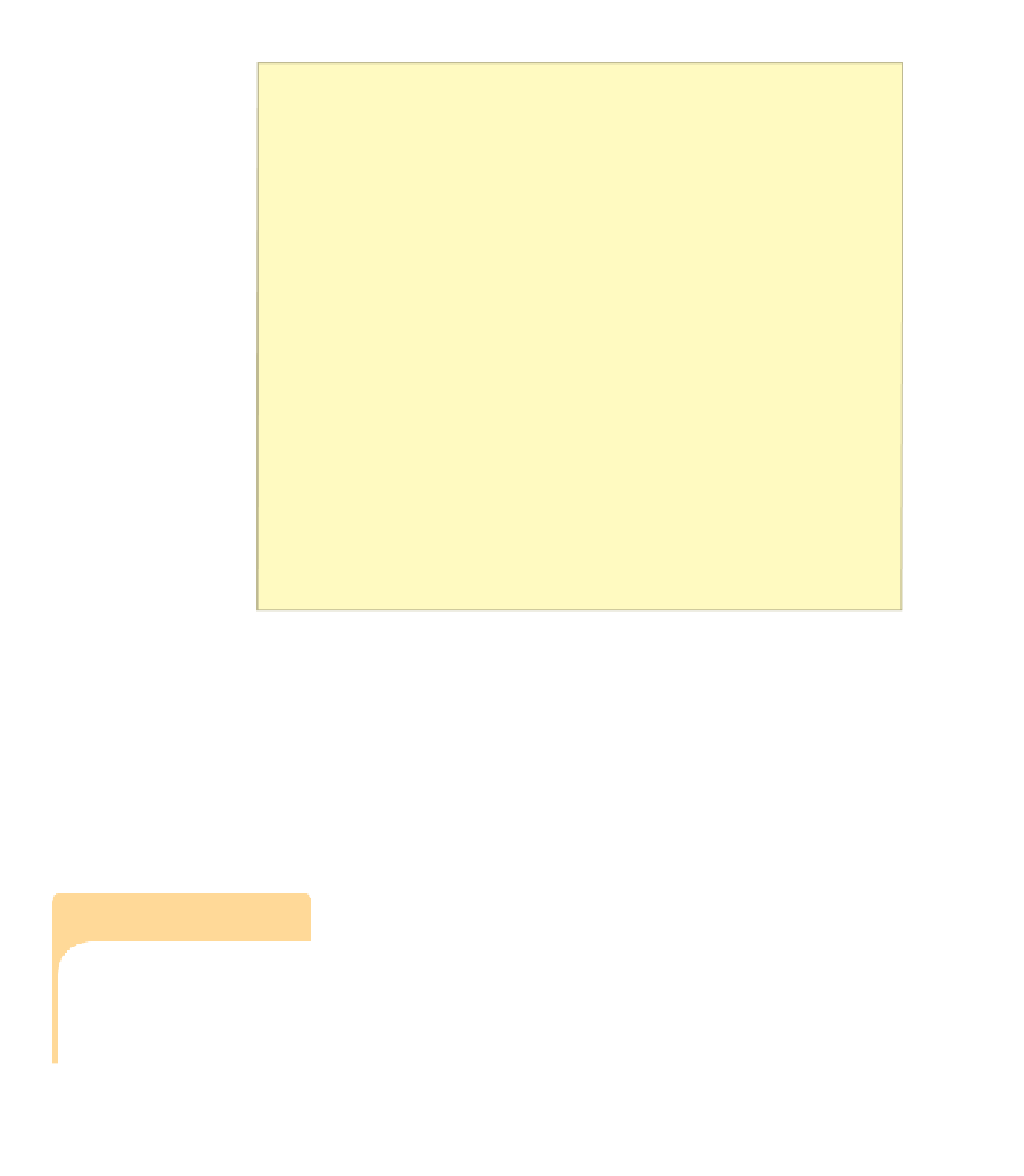Java Reference
In-Depth Information
ArrayList<E>()
Constructor: creates an initially empty list.
boolean
add (E obj)
Inserts the specified object to the end of this list.
void
add (
int
index, E obj)
Inserts the specified object into this list at the specified index.
void
clear()
Removes all elements from this list.
E remove (
int
index)
Removes the element at the specified index in this list and returns it.
E get (
int
index)
Returns the object at the specified index in this list without removing it.
int
indexOf (Object obj)
Returns the index of the first occurrence of the specified object.
boolean
contains (Object obj)
Returns true if this list contains the specified object.
boolean
isEmpty()
Returns true if this list contains no elements.
int
size()
Returns the number of elements in this list.
FIGURE 5.8
Some methods of the
ArrayList<E>
class.
The program shown in Listing 5.11 instantiates an
ArrayList<String>
called
band
. The method
add
is used to add several
String
objects to the end of the
ArrayList
in a specific order. Then one particular string is deleted and another
is inserted at a particular index. As with any other object, the
toString
method
of the
ArrayList
class is automatically called whenever it is sent to the
println
method, which prints all of the elements surrounded by square brackets. The while
loop at the end of the program explicitly prints each element on a separate line.
LISTING 5.11
//********************************************************************
// Beatles.java Author: Lewis/Loftus
//
// Demonstrates the use of a ArrayList object.
//********************************************************************

Search WWH ::

Custom Search